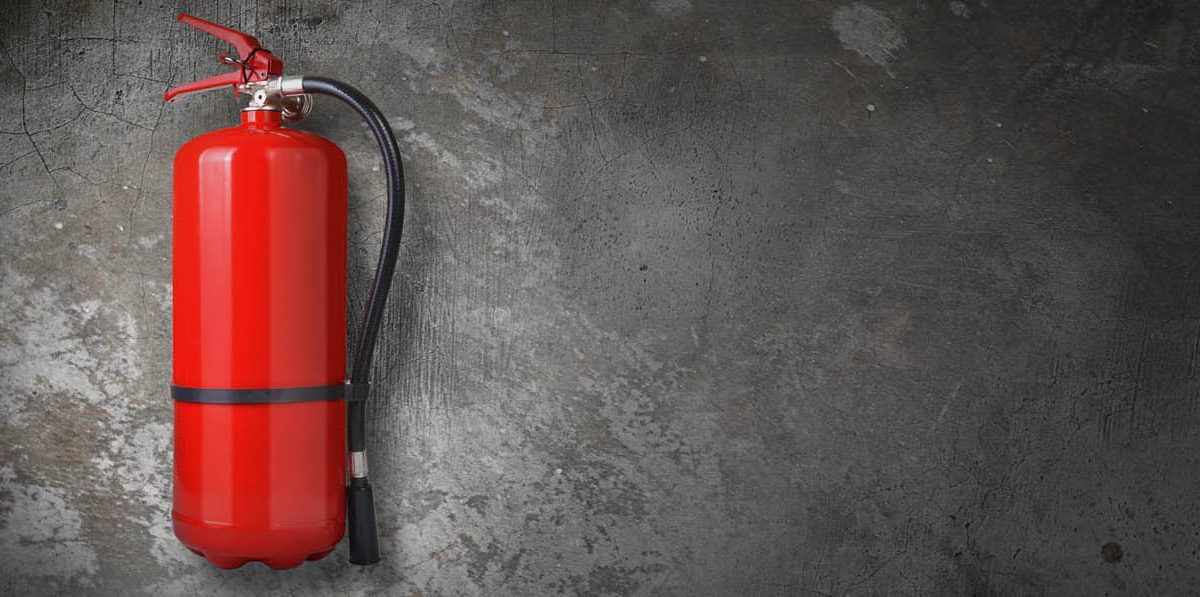If you are a landlord owning a block of flats, the law requires that either you or your managing agents carry out a fire risk assessment for HMOs. However, this refers to the communal areas of HMOs, and the simple fact is that most fires in blocks of flats do not break out in the communal areas, but in the individual flats themselves.
The main causes of fires in flats are overloaded electrical sockets. Of course, as the landlord you can see to it that you provide sufficient sockets, bearing in mind that today there are so many things that are electrically powered – laptops, TV’s, Routers, DVD players, Sky boxes, table lamps, music centres, and of course charging up mobiles and tablets on a regular basis, to name just some.
Cigarettes are another serious problem. When they are not properly extinguished, they can, of course, start a fire, and it has also happened that someone has carelessly thrown a lighted cigarette butt out of a window which has blown into the open window of another flat below.
Another cause is fragranced candles which have been left alight, and also chip pans on the hob when the resident has forgotten to switch it off.
One of the most effective means of controlling fires is the installation of smoke detectors. These can be either battery operated, in which case the battery should be changed every year, or mains wired. Mains wired are the safest. All smoke detectors should be renewed every ten years.
You should check all doors in the flats to ensure that they are in good condition and closed properly. Residents should be advised not to wedge doors open.
It is a legal requirement for all HMOs and blocks of flats – including houses converted into two or more flats – to have a fire risk assessment of the communal areas. However, this must also include the front door of each individual flat.
Most modern blocks of flats and conversions are constructed with fire safety in mind, but certain things should be considered. Provided the front door of each flat is secure, there is a low probability of fire spreading beyond the flat in which it started. There is also a low risk of fire starting in communal areas. There is usually no need for fire extinguishers in communal areas other than plant and service rooms. However, there is usually a requirement for emergency lighting in communal areas including the stairs and corridors.
As for carrying out fire risk assessments, there are no legal requirements concerning how often they should be carried out. However, it is advised a review of the fire risk assessment is carried out on an annual basis.

